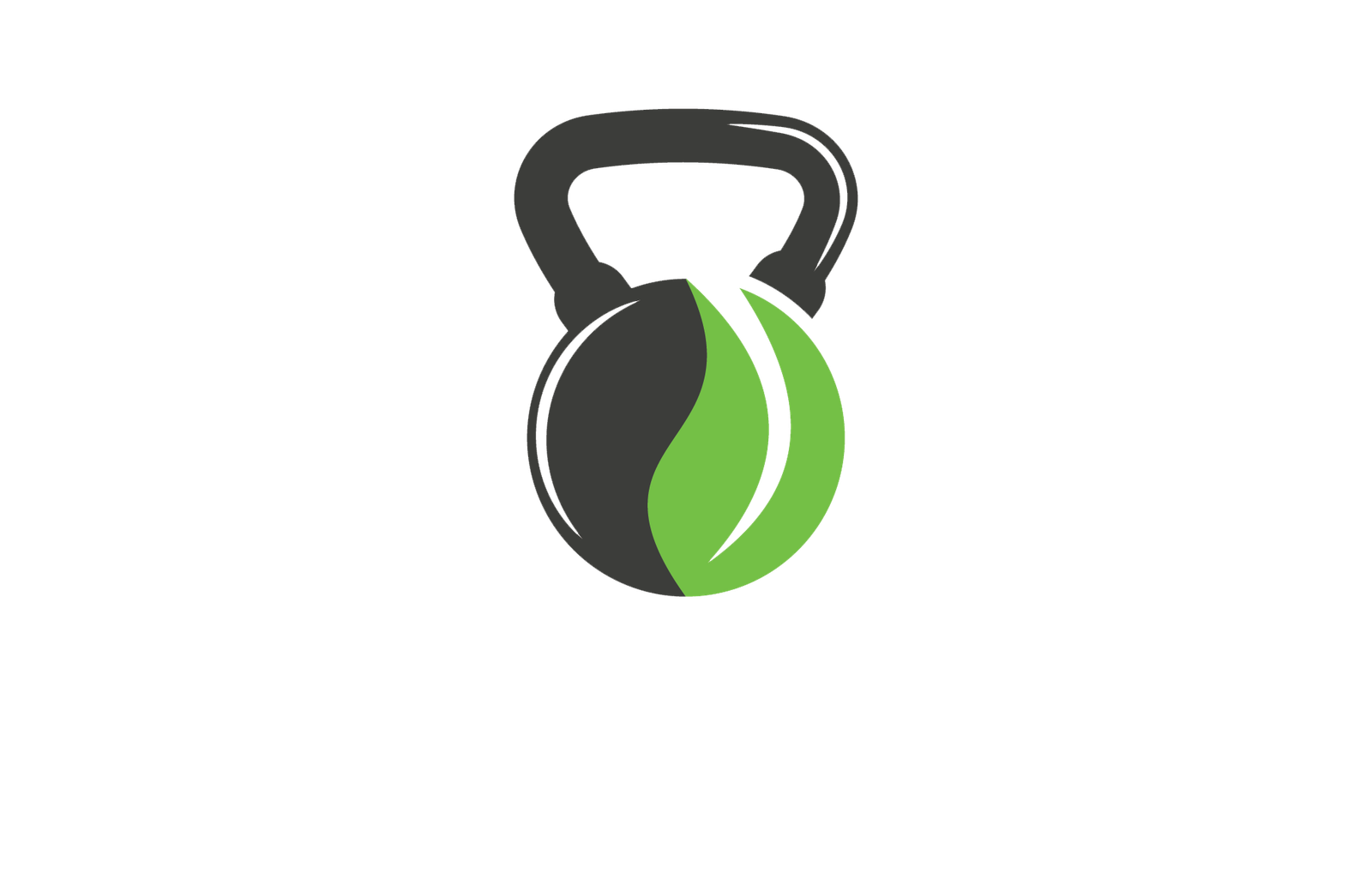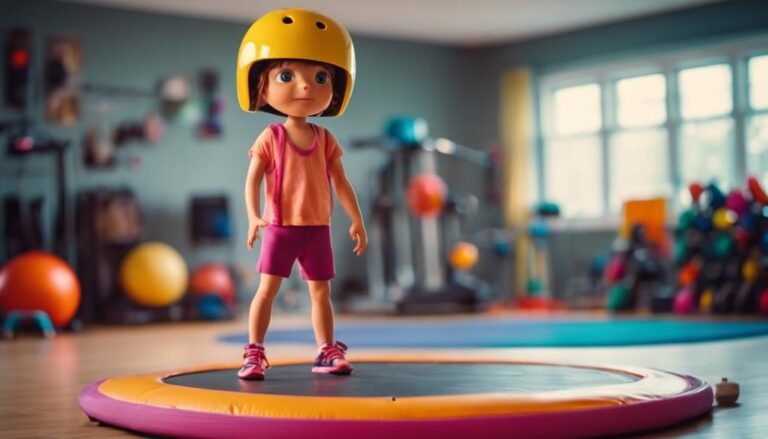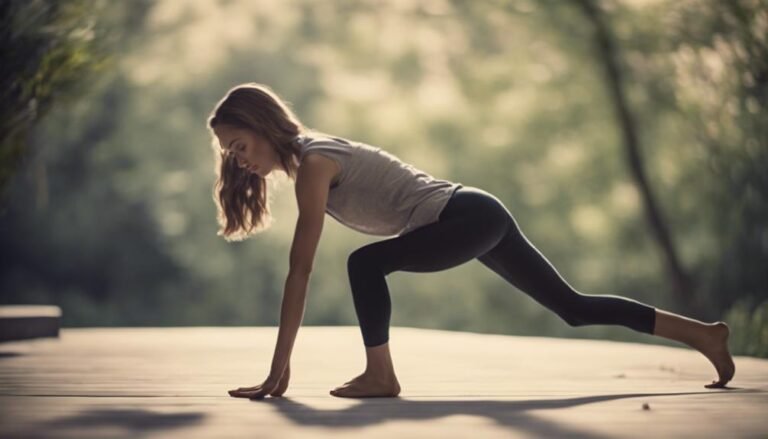Don't miss our holiday offer - 20% OFF!

Top Lower Body Exercises for Home Workouts
Ignite your lower body transformation at home with these essential exercises that will leave you begging for more.
We're gearing up for a killer lower body workout at home! Squats and lunges are must-haves for building strength, balance, and overall leg power. But that's not all – glute-focused exercises like bridges and donkey kicks will get our butts in shape. Calf raises will tone our ankles, while leg raises will trim our thighs. And for endurance and power, we'll add step-ups and wall sits to the mix. Proper form is key, so we'll make sure to engage our cores and hamstrings for maximum results. Now, let's dive deeper into our workout routine and tap our full potential!
Key Takeaways
- Squats and lunges are essential lower body exercises that work multiple muscle groups, improving overall strength and stability.
- Glute-focused exercises like glute bridges and donkey kicks target the gluteus maximus, medius, and minimus, building strength and tone.
- Calf raises and leg raises are effective for toning ankles and thighs, while step-ups and wall sits build endurance and power.
- Proper form and technique are crucial to target the right muscles and avoid injuries in exercises like squats, lunges, and leg curls.
- Incorporating hamstring exercises and stretches is vital for building explosive power, speed, and agility, and preventing injuries.
Squats for Stronger Legs
We start building stronger legs with squats, a compound exercise that works multiple muscle groups simultaneously, including our quadriceps, hamstrings, glutes, and core. By incorporating squats into our home workouts, we can improve our overall lower body strength and stability. But we don't have to stick to traditional squats – there are various squat variations that can help us target specific muscle groups and avoid plateaus. For instance, sumo squats can help us engage our adductor muscles, while pistol squats can challenge our balance and stability.
However, identifying and addressing any muscle imbalances before we start squatting is crucial. Weak or tight muscles can put unnecessary stress on our joints, leading to injuries. By focusing on proper form and engaging our core, we can guarantee that we're targeting the right muscles and avoiding common mistakes. With consistent practice and progressive overload, we can build stronger, more resilient legs that will serve us well in our daily lives and fitness journeys.
Lunges for Balance and Strength
Building on the strength and stability gained from squats, we'll now tackle lunges, a powerful exercise that targets our legs, glutes, and core, while simultaneously challenging our balance and coordination. Lunges are an excellent addition to our home workout routine, as they engage multiple muscle groups and improve our overall lower body strength.
We can mix it up with various lunge variations, such as the traditional forward lunge, side lunge, or even the more challenging single-leg lunge. Each variation targets different muscle groups, ensuring a well-rounded workout. To make lunges even more effective, we can incorporate balance exercises, like holding a lunge position for a few seconds or using a balance board. This not only strengthens our legs but also improves our balance and stability.
Calf Raises for Toned Ankles
Our ankles, often overlooked in lower body workouts, deserve attention too, and calf raises are the perfect exercise to tone and strengthen them. We've all been guilty of neglecting our ankles, but it's time to give them the love they deserve. Calf raises are a simple yet effective way to improve ankle mobility and strengthen the muscles around the ankle joint. To get started, stand on the edge of a stair or step with your heels hanging off the edge. Slowly raise up onto your tiptoes, holding for a count of two, then lower back down. Aim for three sets of 12-15 reps. Remember to wear comfortable, supportive footwear that allows for a full range of motion – you don't want any restrictions holding you back! By incorporating calf raises into our workout routine, we can say goodbye to weak ankles and hello to toned, strong ankles that will take us to new heights.
Glute Bridges for Firm Buttocks
Now that our ankles are strong and stable, let's move on to the largest muscle group in our lower body – our glutes – and get ready to sculpt a firmer, more toned derrière with glute bridges. Understanding our butt anatomy is key to targeting the right muscles. Our glutes are made up of three muscles: the gluteus maximus, gluteus medius, and gluteus minimus. By working these muscles, we can eliminate common glute myths, such as the idea that a bigger butt means stronger glutes (it's actually about tone and muscle mass, not size!).
Glute bridges are an effective exercise for building strength and tone in our glutes. To do a glute bridge, start by lying on your back with your knees bent and feet flat on the ground. Slowly lift your hips up towards the ceiling, squeezing your glutes at the top of the movement. Hold for a second, then lower back down. Aim for 3 sets of 12-15 reps to see noticeable results. With consistent practice, we'll be saying goodbye to saggy bottoms and hello to a stronger, more confident us!
Leg Raises for Leaner Thighs
What's the secret to leaner, more toned thighs that turn heads? We're about to spill the beans! Leg raises are the unsung heroes of lower body exercises, and we're here to give them the spotlight they deserve. This exercise is a game-changer for achieving thigh flexibility and building inner strength. By targeting the quadriceps, hamstrings, and glutes, leg raises help burn fat and tone the muscles in your thighs.
To get started, lie on your back with your arms extended overhead and raise one leg towards the ceiling. Slowly lower it back down without touching the floor, and repeat with the other leg. Aim for 3 sets of 12-15 reps on each leg. As you progress, increase the difficulty by lifting both legs simultaneously or adding ankle weights.
Wall Sits for Endurance
How long can we hold out against the forces of gravity and fatigue, and still emerge stronger on the other side? That's what wall sits are all about. This exercise is a game-changer for building wall strength and endurance. We'll be working multiple muscle groups, including our quadriceps, hamstrings, glutes, and core, which will get a serious workout from holding ourselves up against the wall.
To get started, we'll stand with our backs against the wall and slide down into a seated position, with our knees bent at a 90-degree angle. From here, we'll hold steady, engaging our core and keeping our shoulders relaxed. The goal is to hold for as long as we can, aiming for at least 30 seconds to start, and gradually increasing our time as we build endurance.
As we hold, we'll feel the burn in our legs and the strain on our core, but that's where the magic happens. We're building wall strength and endurance, which will translate to everyday activities like climbing stairs or carrying groceries. By incorporating wall sits into our routine, we'll be unstoppable, tackling life's challenges with confidence and strength.
Step-Ups for Powerful Legs
As we move on to step-ups, we're excited to build powerful legs that can take us to the next level. To get the most out of this exercise, we need to focus on proper form, which means engaging our core and keeping our knees in line with our toes. By targeting the right muscle groups, including our quadriceps, hamstrings, and glutes, we'll be on our way to strong, toned legs that can tackle any challenge.
Proper Form Matters
We can't achieve powerful legs without mastering the proper form of step-ups, a fundamental exercise that targets our quadriceps, hamstrings, and glutes. To get it right, we need to focus on core engagement and body awareness. This means maintaining a strong, engaged core to support our movements and being mindful of our posture and alignment. As we step up, we should keep our shoulders back, chest open, and weight evenly distributed between both legs. We should avoid leaning forward or arching our backs, which can put unnecessary strain on our joints. By maintaining proper form, we can guarantee a safe and effective workout that targets the right muscle groups. Remember, it's not just about completing the exercise, but about doing it correctly to achieve the desired results. With practice and patience, we can develop the strength, control, and confidence to take our workouts to the next level.
Muscle Groups Targeted
Targeting the quadriceps, hamstrings, and glutes, step-ups help us build powerful legs by engaging these major muscle groups simultaneously. This compound exercise is a game-changer for our lower body workouts, allowing us to develop strength and stability in multiple areas at once. By incorporating step-ups into our routine, we're not only building powerful legs, but also engaging our hip flexors, which are essential for everyday movements like walking and running. In addition, step-ups require engagement of our core strength, which is critical for maintaining good posture and preventing injuries. As we climb up and down, we're strengthening our core muscles, which in turn improves our overall athletic performance. With each rep, we're getting closer to achieving strong, toned legs that can take on any challenge. By incorporating step-ups into our home workouts, we're taking a significant step towards building a stronger, more resilient lower body.
Seated Leg Curls for Hamstrings
As we move on to seated leg curls, we're excited to target our hamstrings from a new angle. To get the most out of this exercise, we'll focus on maintaining a proper seated position, curling the weight with control, and fully engaging our hamstrings. By mastering these key points, we'll be on our way to stronger, more toned legs in no time!
Proper Seated Position
To maximize the effectiveness of seated leg curls, we'll start by assuming a proper seated position, with our feet flat on the floor or a footrest, keeping our knees in line with the machine's pivot point. This allows our body to be in the correct alignment to target our hamstrings effectively.
| Posture Correction | Body Alignment | Why It Matters |
|---|---|---|
| Feet flat on floor/footrest | Knees in line with pivot point | Reduces strain on lower back |
| Engage core muscles | Spine neutral, shoulders relaxed | Maintains proper body alignment |
| Chest up, shoulders back | Weight evenly distributed | Enables effective leg curl motion
Curling the Weight
With our proper seated position locked in, we're ready to curl the weight, squeezing our hamstring muscles as we lift our heels towards our glutes. Now it's time to focus on curling the weight, and we can't stress enough the importance of weight control. We want to lift the weight smoothly, avoiding any jerky movements that can put unnecessary strain on our hamstrings. As we curl, we're isolating our hamstring muscles, targeting the back of our legs to build strength and endurance. Keep in mind, it's not about lifting the heaviest weight possible; it's about controlled, precise movements that engage our hamstrings. We're aiming for a slow and steady curl, taking about 2-3 seconds to lift the weight and 2-3 seconds to lower it back down. By focusing on muscle isolation and weight control, we can guarantee a safe and effective workout that targets our hamstrings. Let's curl that weight and feel the burn!
Hamstring Engagement
We're now targeting the primary movers in our hamstring engagement, the biceps femoris, semitendinosus, and semimembranosus muscles, which work together to flex our knee and extend our hip joint during the seated leg curl exercise. As we perform this exercise, we're not only strengthening our hamstrings but also improving our overall lower body flexibility. To avoid hamstring injuries, which can be debilitating and frustrating, incorporating hamstring stretches into our routine is vital. By incorporating seated leg curls into our home workout routine, we're taking proactive steps to prevent injuries and improve our overall athletic performance. Remember, strong hamstrings are vital for explosive power, speed, and agility. By targeting these muscles, we're setting ourselves up for success in our fitness journey. So, let's get curling and take our hamstring engagement to the next level!
Donkey Kicks for Glute Activation
Our glutes are the largest muscle group in our body, and donkey kicks are an effective way to target them, engaging our core and improving overall lower body strength. This exercise is a great way to isolate our glutes, ensuring we're working the right muscles without relying on other areas of our body. When we perform donkey kicks, we're able to focus on glute isolation, which is essential for building strong, toned glutes.
To start, we'll get down on our hands and knees, with our hands shoulder-width apart and our knees directly under our hips. From here, we'll lift one leg up and back, keeping our knee bent at a 90-degree angle. As we lift, we'll engage our core, stabilizing our body and ensuring we're not putting unnecessary strain on our lower back. We'll hold for a brief moment, then slowly lower back down, repeating on the other side. By incorporating donkey kicks into our home workout routine, we'll be on our way to stronger, more toned glutes in no time.
Frequently Asked Questions
Can I Do These Exercises With Injuries or Chronic Pain?
"We understand that injuries and chronic pain can be a major setback. Before starting any exercise routine, we consult with our doctors to create a personalized pain management plan, prioritizing injury prevention and safe modifications."
How Often Should I Exercise My Lower Body per Week?
As we envision a stronger, more toned lower body, we ask: how often should we exercise it per week? We find that consistency matters, aiming for 2-3 times a week, with progressive overload to avoid plateaus and facilitate continuous growth.
Do I Need Special Equipment for These Home Workouts?
"We don't need fancy equipment for effective home workouts; we adapt to space constraints and budget considerations by using bodyweight exercises, resistance bands, or DIY alternatives to stay motivated and active."
Can I Modify Exercises to Suit My Fitness Level?
"Did you know 75% of people who start a new exercise routine quit within 6 months? We're determined to beat those odds! Yes, we can modify exercises to suit our fitness level, incorporating progressive overload to avoid fitness plateaus and see consistent progress."
How Soon Can I Expect to See Results From These Exercises?
It's tempting to expect overnight results, but honestly, it's been our experience that consistency matters and patience pays when it comes to seeing real progress – so, give your body time, and celebrate small victories along the way!
Conclusion
We've got this! With these top lower body exercises, we're unstoppable! We'll be squatting, lunging, and bridging our way to stronger legs, toned ankles, and a firmer backside. The best part? We can do it all from the comfort of our own homes! We'll be jumping for joy when we see the results – and with these exercises, we'll be jumping higher than ever before!



